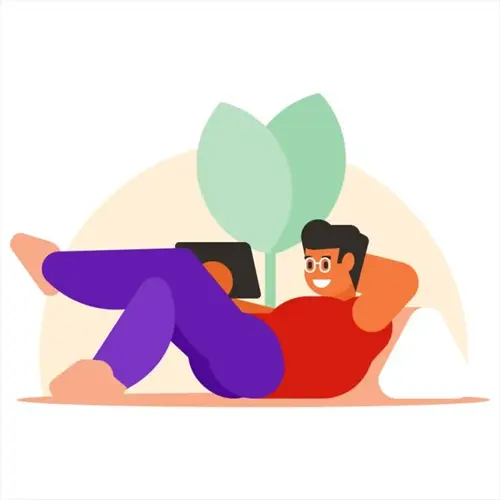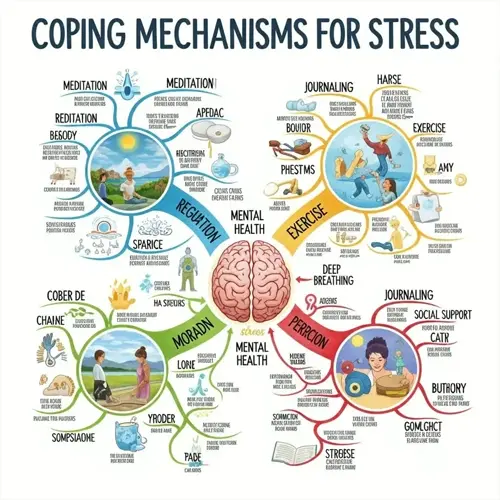Why does focusing on breath reduce anxiety physically?

Written by
Gina Mason
Reviewed by
Prof. Benjamin Murphy, Ph.D.Concentrating on your breathing can distract you from physical anxiety instantly by regulating the nervous system directly. This innate process soothes stress responses in the body without concern for thought. The relationship between breath and anxiety involves specific physiological pathways that are effectively accessed through meditative processes. Familiarity with the physical processes in this relationship facilitates a more constructive use of breathing techniques specifically directed toward achieving a desired goal.
Vagus Nerve Activation
- Slow exhales stimulate the vagus nerve triggering relaxation response
- Reduces fight-or-flight hormones like adrenaline and cortisol
- Increases heart rate variability indicating nervous system balance
Gas Exchange Optimization
- Extended exhales balance oxygen-carbon dioxide levels in bloodstream
- Prevents hyperventilation that triggers panic sensations
- Maintains optimal blood pH reducing physical anxiety symptoms
Physiologically, diaphragmatic breathing reduces heart rate through mechanical action. The diaphragm massages the vagus nerve during the downward movement of the inhalation breath. This concentrated physical stimulation gives calmness signals to the brain almost immediately. This effect produces measurable anxiety reduction in just three breath cycles.
While you do need to have life coordination and stillness, focused breathing synchronizes your brainwave patterns, creating coherence in the brain. Anxiety creates fast and chaotic beta waves, but calmer breathing creates alpha-theta activity. This synchrony in the nervous system helps improve emotional regulation. Coherence enables better communication between the brain's regions, thereby reducing anxious thought loops.
Practical usage refers to applying the above ratios during times of anxiety. The 478 method optimally balances oxygen intake and carbon dioxide release. Long exhalations reset the nervous system better than equal breathing. The reasoning behind this is that they imitate the body's natural breathing pattern of calmness.
Read the full article: Meditation and Anxiety: Your Complete Guide

